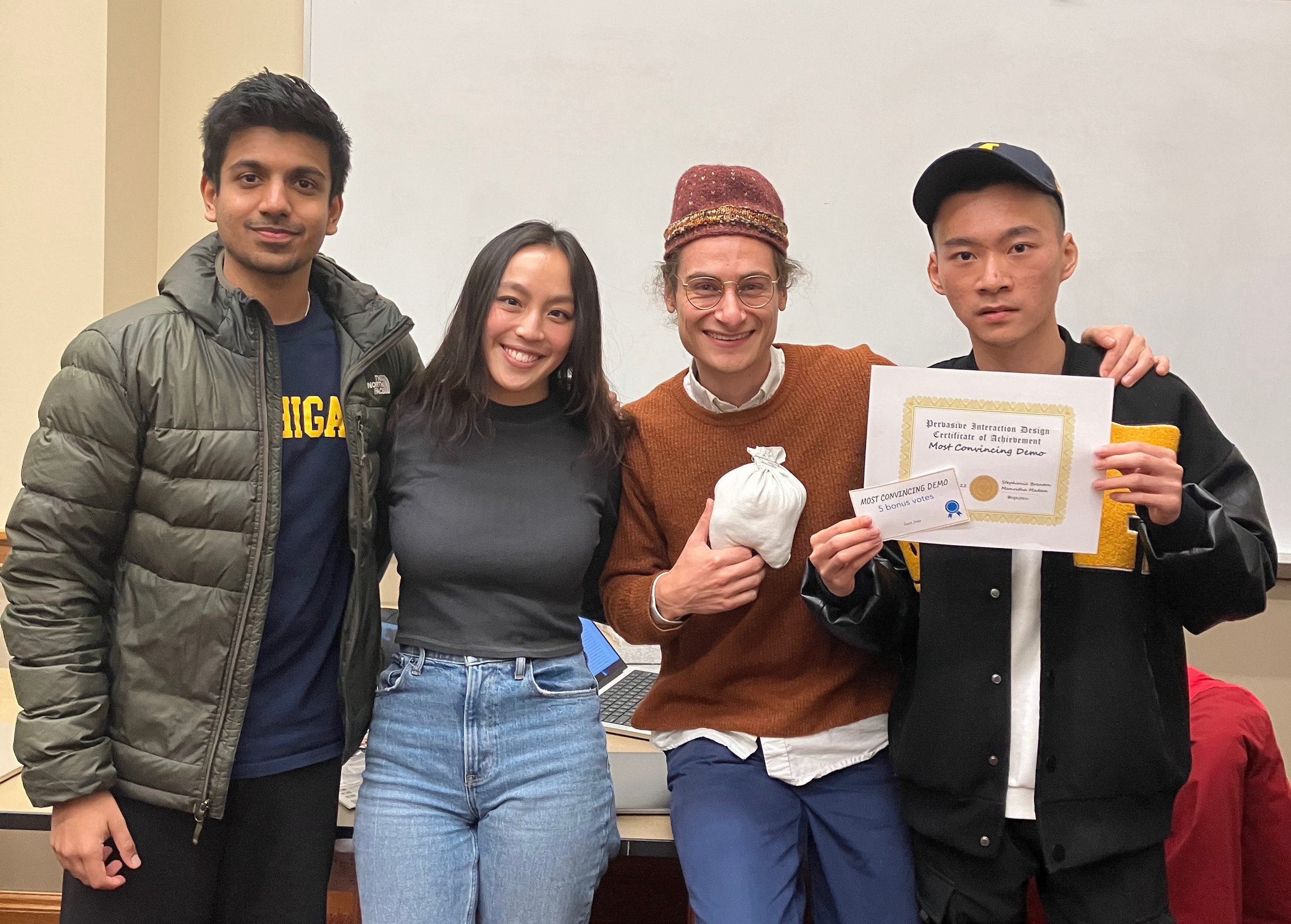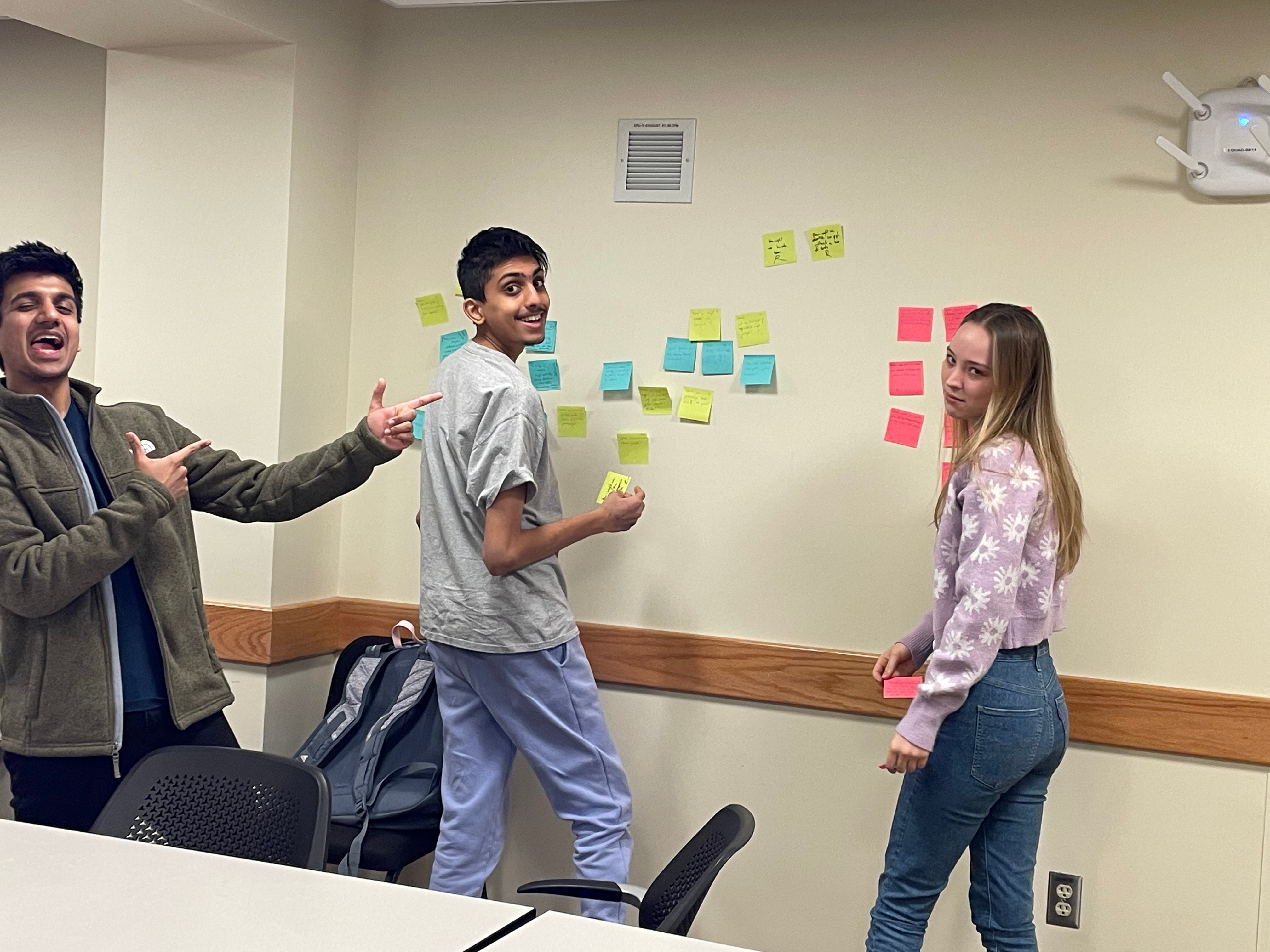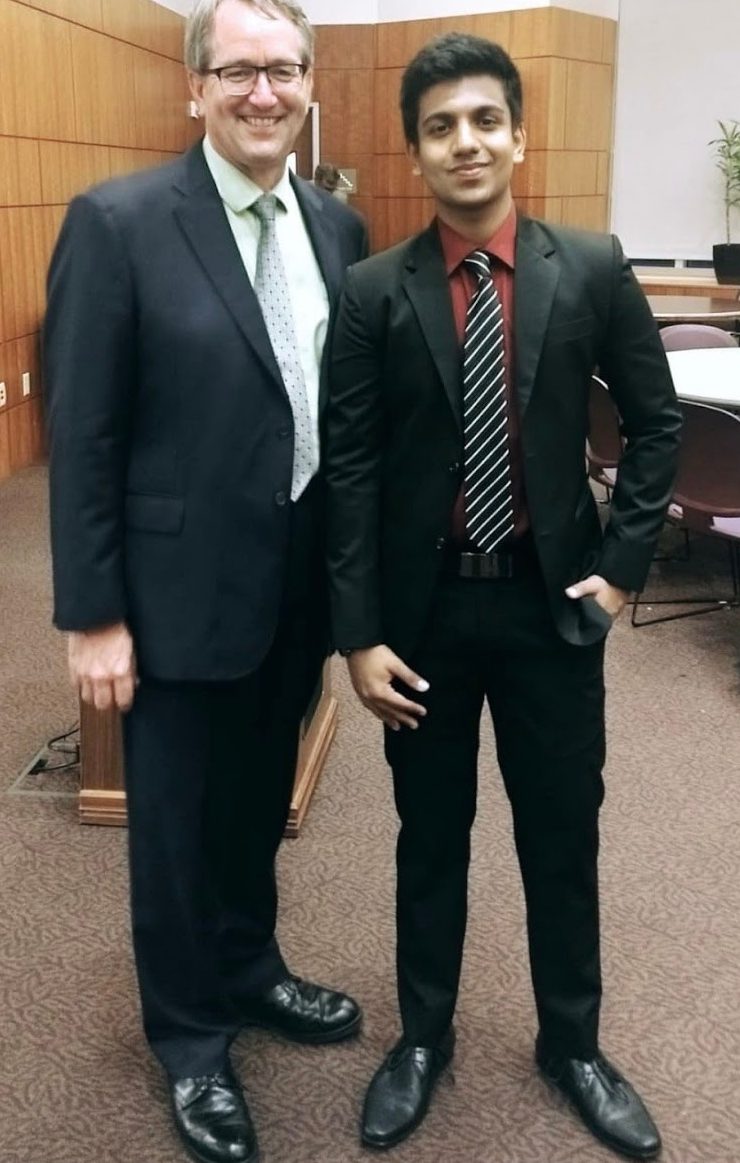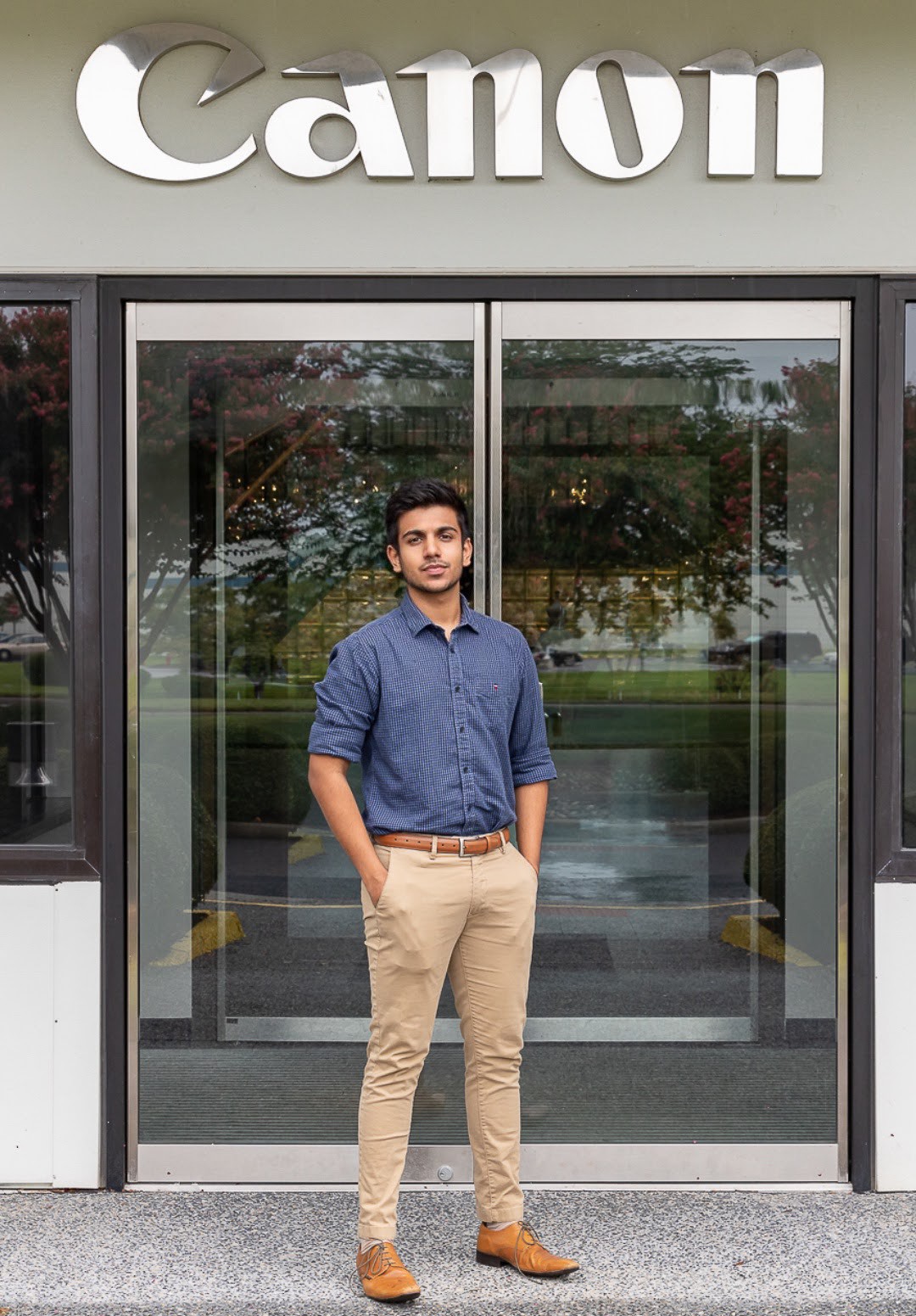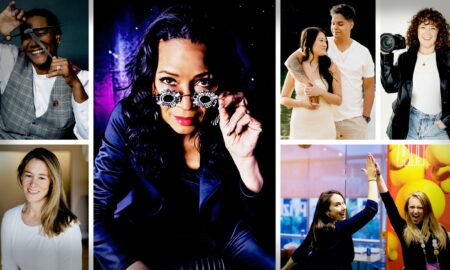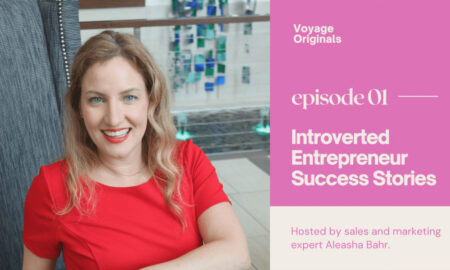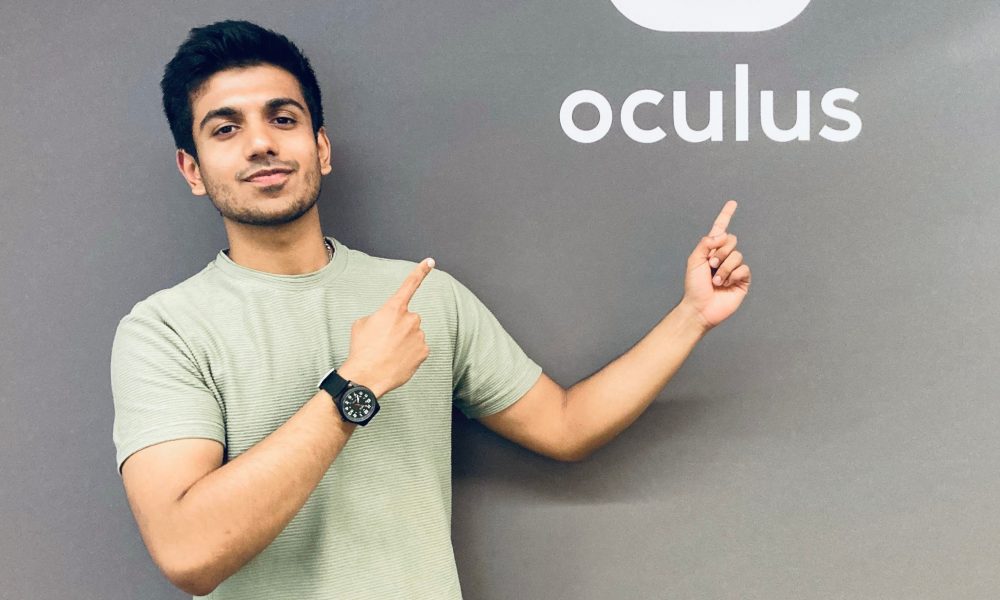

Today we’d like to introduce you to Aditya Mankare.
Hi Aditya, it’s an honor to have you on the platform. Thanks for taking the time to share your story with us – to start, maybe you can share some of your backstories with our readers.
I am a product designer working in the tech industry. I will be joining a popular AI startup called Wispr AI next month, and here’s my story as to how I got there.
This journey began during my undergraduate studies back in 2017. It was actually hard for me to pick a major during my freshman year as I had a lot of different interests, but by my junior year, I ended up majoring in Math and minoring in Economics. It was actually the internships I did in college, and the coursework I took on that helped me pave this path for myself.
I was initially very set on pursuing a career in Data Science — hence the analytical major. I even landed an internship as a Business Intelligence Analyst at Canon, a Fortune 500 company in the consumer electronics space. There I worked on designing data dashboards for the sales team. It was during this internship that I realized that I enjoyed hypothesizing concepts of what could work and how it should work and saw myself being heavily involved in product strategy. I was more curious about the “why” and the “what” rather than the “how.” This is when I thought of exploring the field of product management (PM), and that is where I landed in my next internship. I was a PM intern at Merck, another Fortune 500 company, but this time in the biotech space. It was actually quite interesting working for a company that made vaccines during a pandemic. At Merck, I explored the role of a PM in-depth and along the way, learned a lot about product development. Especially from a design lens, as I worked closely with a designer and researcher on their UX team. This was my first introduction to UX.
Then after coming back to school and taking courses like Behavioral Economics and Game Theory made me think deeply about how and why people act, feel, and behave the way they do. I got really curious about why people made their choices, decisions, and habits and how I can help them be more aware and productive about those. I knew I wanted to build a career where I would understand people on a deeper level and experiment with models and concepts to see what works best for them. And then use my product development skills to design tools that would be useful and user-friendly. HCI (Human-Computer Interaction) was the perfect sweet spot, and soon after I applied to the University of Michigan’s HCI program.
I feel my background in Stats and Economics has made me a data-driven designer with a strong understanding of consumer behavior and a knack for systems thinking and that might have been the major reason I got into the program. These skills have also served me well as I’ve worked with various startups, non-profits, and big tech companies.
Last summer, I had the opportunity to intern at Meta Reality Labs as a Product Designer, where I designed creation tools and collaboration systems for their Social VR platform (their metaverse product), Horizon. This experience allowed me to learn a lot about how design is done at mature product companies and how it should be leveraged to build things people want. Working in VR also got me super interested in the emerging tech space, and that is what brought me to my upcoming role at Wispr AI
I will be joining Wispr AI as their first designer, and I am so grateful to be working with a talented team that is at the forefront of AI technology. I wish I could share more about Wispr, but what they are building is under wraps for now. You can learn more about it at [Wispr.ai] (http://Wispr.ai)
Would you say it’s been a smooth road, and if not, what are some of the biggest challenges you’ve faced along the way?
The journey has not always been easy for sure. Like many, I faced numerous obstacles and challenges along the way. One of the earliest hurdles was transitioning from my undergraduate background in Math and Economics to the field of HCI. This shift necessitated self-teaching new concepts and techniques, a process both exhilarating and daunting in equal measure.
Securing skilled design mentors was another vital, yet initially challenging, aspect of the journey. As a newcomer, it can be difficult to find people willing to help. I sent hundreds of cold messages and employed various outreach strategies to obtain information and guidance on the product design career path, skill development, and intelligent recruiting methods.
Another formidable task was developing a design portfolio (https://adityamankare.com) to showcase my work and secure a job. This portfolio represents a culmination of all my past experiences – successes, failures, and lessons learned – presented concisely in a case study format. Many designers grapple with organizing and presenting their work, and I was no exception.
However, like all challenges, adapting and persevering have shaped me into the product designer I am today.
Appreciate you sharing that. What else should we know about what you do?
As a product designer specializing in human-computer interaction and emerging technology, my work revolves around understanding people and their interactions with technology, with the goal of creating more intuitive, efficient, and enjoyable experiences. Simply put, it is about bringing technology from the lab to the hands of the masses in a truly inclusive, accessible, and usable manner.
Throughout my career, I have worked with a diverse range of organizations, from startups and non-profits to large tech companies like Meta. This has given me the opportunity to develop a versatile skill set and adapt to various work environments. My most recent work at Meta on their Social VR platform, Horizon, involved designing creation tools and collaboration systems that foster immersive experiences for users. I am particularly proud of the impact my work had on enhancing the platform’s usability and user engagement.
What sets me apart from others is my ability to balance creativity with analytical thinking, enabling me to generate innovative solutions while considering their feasibility and effectiveness in the real world. My strong understanding of consumer behavior, combined with my technical skills and interdisciplinary experience, allows me to approach design challenges with a holistic view.
Furthermore, my interpersonal and communication skills enable me to work effectively in diverse teams and bridge gaps between different disciplines. I believe that empathy, collaboration, and open-mindedness are essential for creating exceptional user experiences, and these qualities have been the driving force behind my work.
As I continue my journey in HCI and design, I remain dedicated to leveraging my unique skill set and experiences to make a positive impact on people’s lives by designing products and experiences that are not only functional but also emotionally resonant and meaningful.
Can you talk to us about how you think about risk?
You know, I think taking calculated risks is just a part of growing, both personally and professionally. When we step out of our comfort zones and embrace uncertainty, we open ourselves up to new opportunities, learning experiences, and a deeper understanding of ourselves and the world around us. But at the same time, it’s important to find a balance between taking risks and making smart decisions.
One big risk I took was switching gears from my undergrad studies in Math and Economics to go for a master’s in HCI. It meant diving into a new field, learning new stuff, and even changing the direction of my career. Yeah, it was a bit scary, but I knew it would let me follow my passion for understanding human behavior and decision-making, and ultimately lead to a more fulfilling career.
Another risk I took was taking on internships with all sorts of organizations, from startups and non-profits to big tech companies. It helped me mix up my skill set and gain some awesome experience in different work environments. Sure, it was tough adapting to new roles and expectations sometimes, but those experiences have made me a more flexible and adaptable professional.
And yeah, joining a seed-stage DeepTech startup like Wispr could be seen as a risk too. I mean, DeepTech startups can take years to build a solid product. But just like the other risks I took, there’s always something valuable to gain from it. As long as the expected value is high, I’m all in. I think the concept of opportunity cost has kept me from choosing less risky paths because every decision comes with a trade-off. And I like going for the higher reward path, even if it’s a path less traveled.
So, when it comes to risk-taking, my approach is to weigh the potential benefits and downsides, look at the available info, consider the expected value, and think about the opportunity costs before making a decision. It’s important to remember that taking risks doesn’t always mean instant success; sometimes, it means learning valuable lessons from failure or setbacks. In the end, I believe that embracing risk and learning from our experiences, both good and bad, is key for growth and innovation.
Contact Info:
- Website: https://adityamankare.com
- Linkedin: https://www.linkedin.com/in/aditya-mankare/
